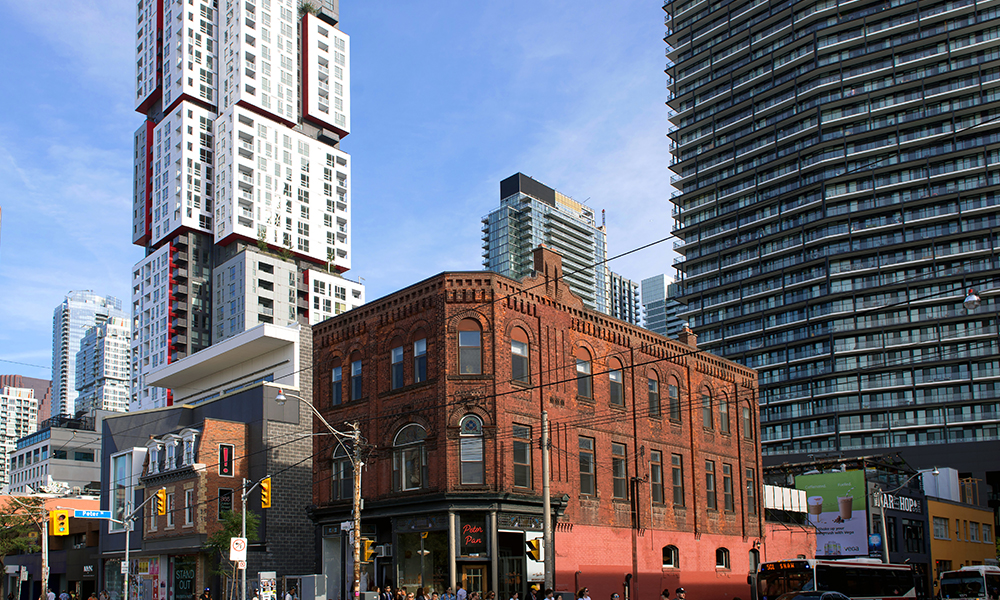Sustainable features in condominium developments influence maintenance fees in complex and sometimes contradictory ways. While green technologies often require higher initial installation costs, they typically deliver long-term operational savings that can reduce monthly payments over time. Modern developments like Promenade Peak incorporate various sustainability elements that balance environmental benefits with financial considerations, creating living spaces that align with ecological values while addressing practical maintenance concerns.
Initial cost reality
Sustainable building systems generally demand higher upfront investment than conventional alternatives. Energy-efficient HVAC systems, solar installations, rainwater harvesting infrastructure, and advanced building materials increase initial construction budgets. These costs often translate to slightly higher purchase prices and potentially higher initial maintenance contributions as associations establish reserve funds for these specialised systems. First-generation sustainable technologies sometimes faced reliability and maintenance challenges that increased operational expenses.
Early adopters occasionally encountered higher-than-expected maintenance costs for innovative systems with limited service provider networks. However, as green technologies mature and become industry standards, maintenance complexities and associated costs have decreased substantially. Developer subsidies sometimes mask actual maintenance costs during initial sales periods. When builders transition control to homeowner associations, some communities experience fee increases as associations adjust budgets to reflect actual operating expenses for sustainable systems. This adjustment period can create temporary financial stress for early residents who based purchase decisions on artificially lowered initial fee structures.
Long-term savings patterns
- Energy-efficient building envelopes reduce heating and cooling costs
- Water conservation systems lower utility expenses
- Solar installations offset electricity purchases
- LED lighting minimises electricity usage and replacement labour
- Smart building systems optimise resource consumption
Operation cost reductions from sustainable features typically manifest gradually rather than immediately. Communities must analyse multi-year expense trends to assess financial benefits accurately. The most significant savings usually emerge after 3-5 years of operation, once systems are properly commissioned and optimised. Preventive maintenance schedules for sustainable systems differ from conventional building maintenance. While some green technologies require more frequent specialised attention, they often experience fewer catastrophic failures that would necessitate costly emergency repairs. This predictability helps associations budget more accurately and avoid special assessments.
Maintenance complexity factors
Modern sustainable features incorporate sophisticated technologies requiring specialised maintenance expertise. Building staff and service providers may need additional training to maintain these systems, potentially increasing labour costs properly. However, many newer systems include remote monitoring capabilities that allow earlier problem detection and more efficient service delivery.
- Smart building management systems enable proactive maintenance
- Solar panel maintenance requires specialised cleaning protocols
- Rainwater harvesting systems need regular filter replacements
- Green roofs demand horticultural expertise beyond typical landscaping
- Heat recovery ventilators require periodic cleaning and calibration
Finding qualified service providers remains challenging in some markets, especially for cutting-edge technologies. Associations may face premium pricing for specialised technical services until green building maintenance becomes mainstream. This expertise gap frequently affects mid-sized markets more than major metropolitan areas, where service provider competition drives better pricing.
When viewed over complete life cycles, sustainable features create complex but generally positive impacts on condominium maintenance fees. Initial cost premiums typically give way to operational savings that benefit residents financially while supporting environmental goals.

